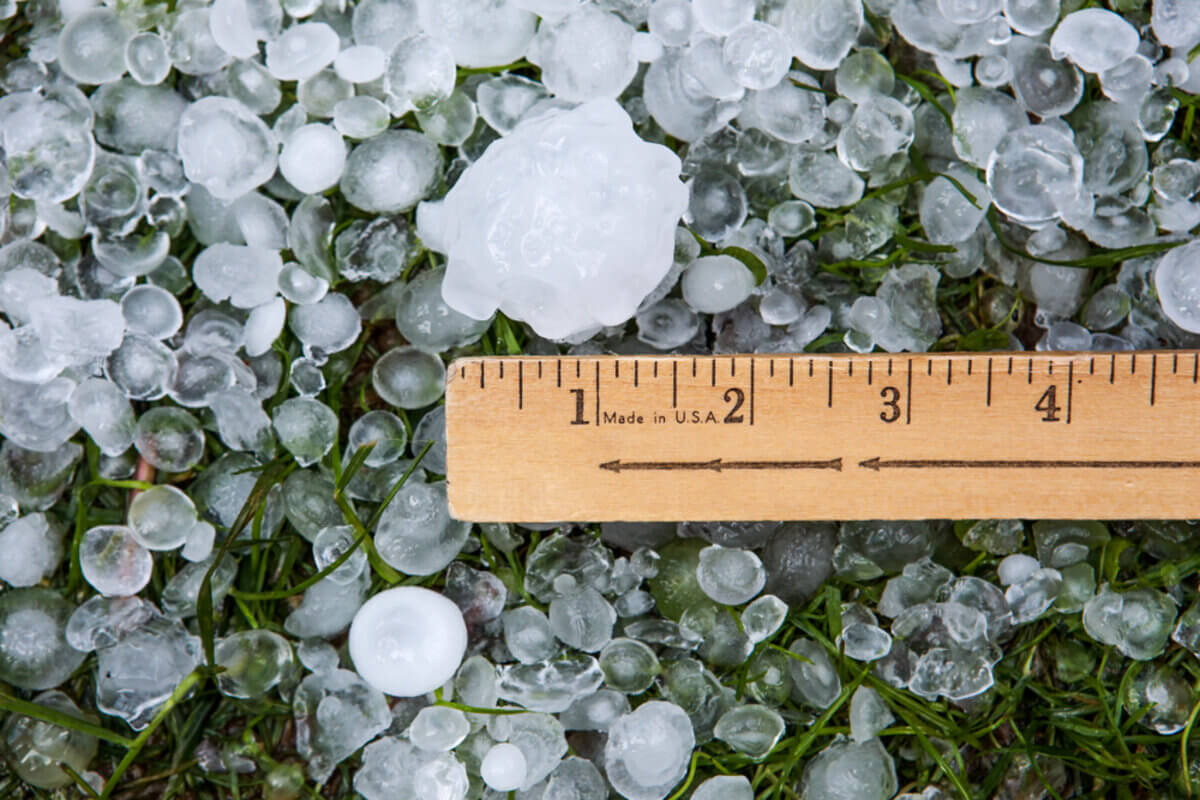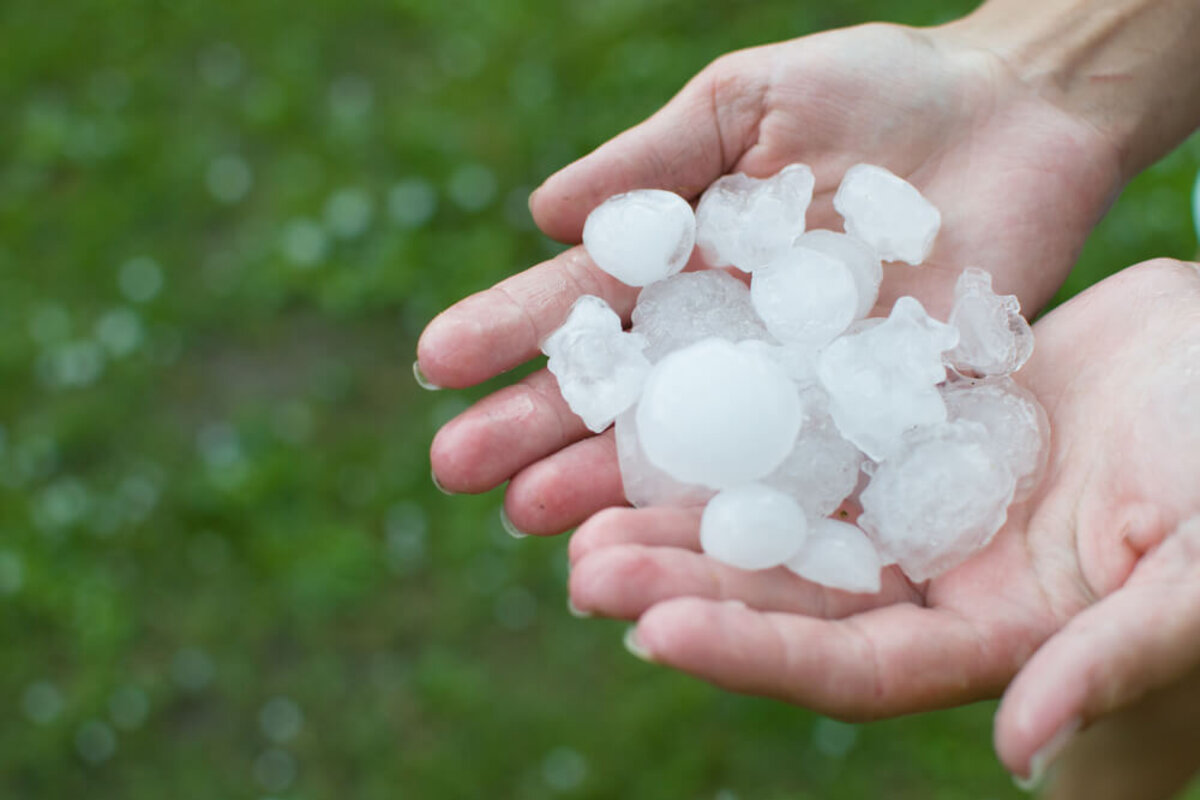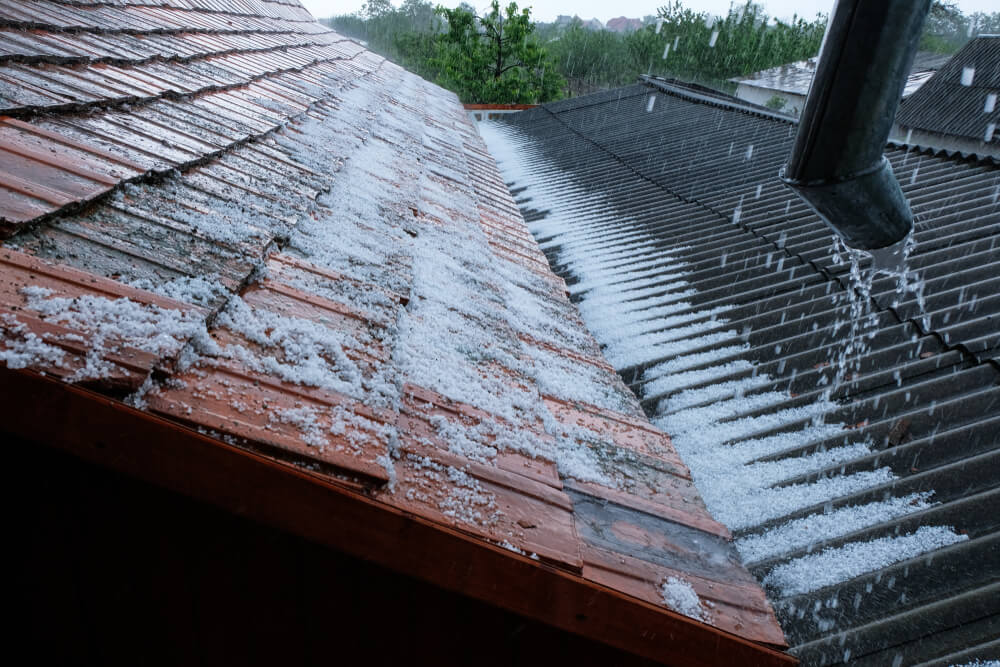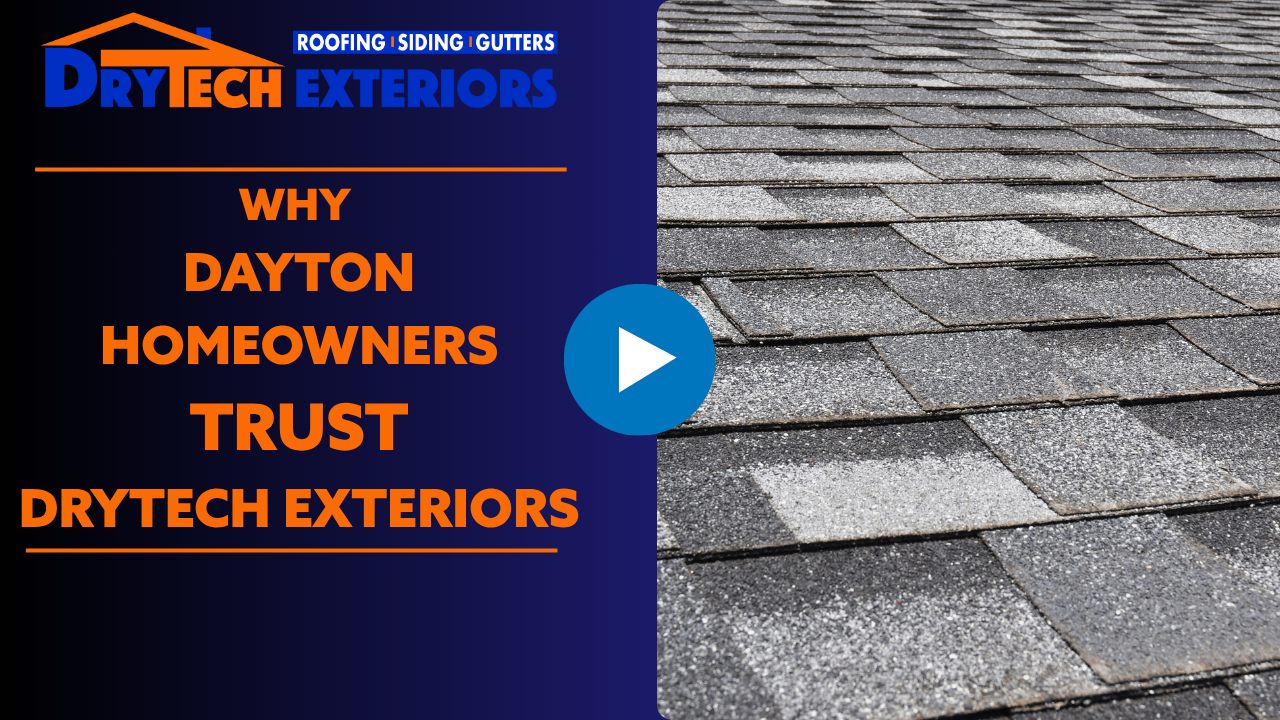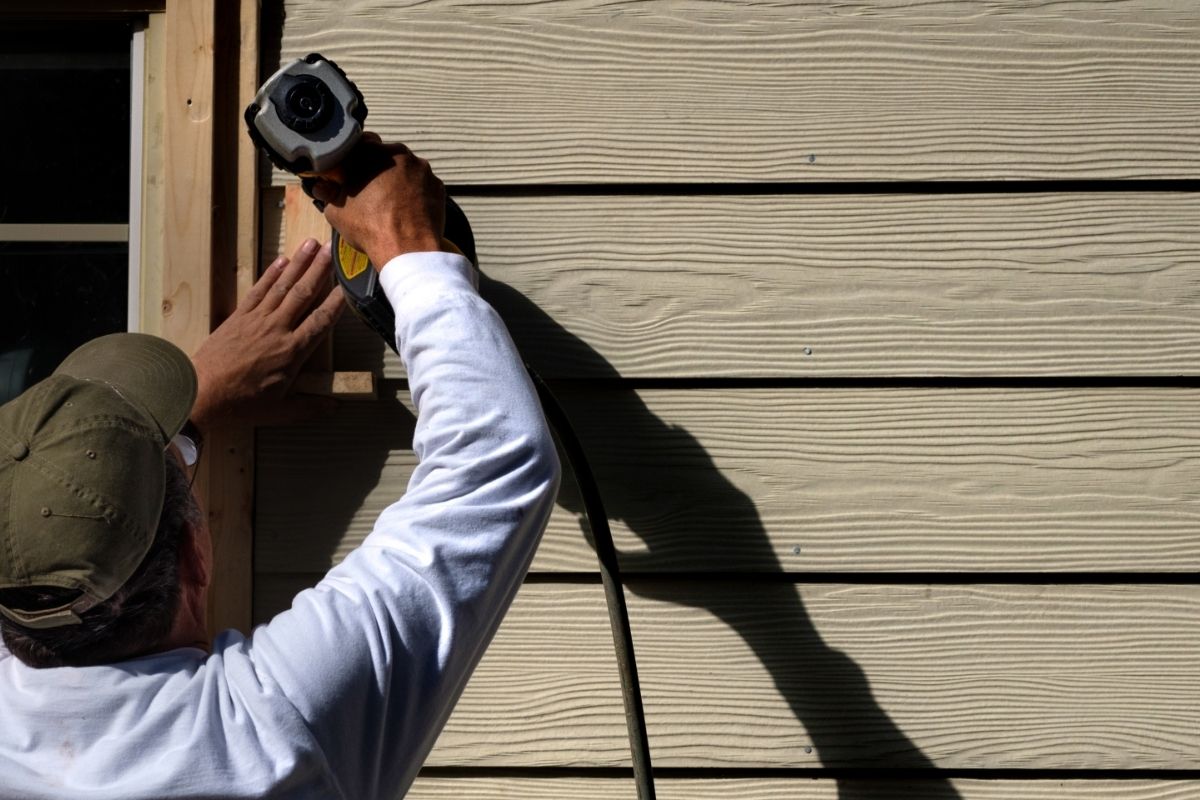Roofing is a critical component of any building, providing protection from the elements and contributing to overall structural integrity. One of the most unpredictable threats to a roof’s longevity is hail. Hailstorms can vary greatly in intensity and size, leaving homeowners and property managers wondering: What size hail will damage a roof? This article explores the various aspects of hail impact on roofing materials, offering insights into prevention, identification, and repair of hail-induced damage.
The Size Matters: Understanding Hail Impact
When Size and Velocity Combine
Hailstones can range from the size of small peas to larger than a grapefruit. However, not all hailstones pose a risk to roofing materials. Research and historical data suggest that hailstones must reach a certain size before they can cause substantial damage to most roofing types. Typically, hailstones larger than 1 inch (about the size of a quarter) have the potential to damage roofs, particularly those made of asphalt shingles or wood. However, factors such as hailstone density, the angle of impact, and the speed at which they fall also play significant roles in the severity of the damage.
Assessing the Impact on Different Roofing Materials
The vulnerability of a roof to hail damage largely depends on the type of material used. For instance, asphalt shingles, the most common roofing material in many areas, can be severely damaged by hailstones 1 inch in diameter or larger. This damage can manifest as granule loss, cracks, or even punctures. Metal roofs, while more resistant to hail, can still sustain dents and cosmetic damage from larger hailstones. Tile and slate roofs offer superior resistance to hail impact but can crack or break if hit by large or dense hailstones.
Prevention and Protection Strategies
Choosing the Right Materials
One of the most effective ways to mitigate hail damage is by selecting hail-resistant roofing materials. Many manufacturers offer shingles that are rated for impact resistance. These products undergo rigorous testing to ensure they can withstand the impact of hailstones of various sizes. Investing in such materials can significantly reduce the risk of hail damage, potentially saving homeowners considerable repair costs over time.
Regular Maintenance and Inspection
Routine maintenance and professional inspections are key to identifying and addressing vulnerabilities in a roof’s defense against hail. Regular inspections can uncover minor damages that, if left unrepaired, could lead to more significant issues during a hailstorm. Furthermore, keeping trees trimmed and removing potential debris can reduce the risk of additional damage during a storm.
After the Storm: Identifying and Repairing Hail Damage
Conducting a Thorough Inspection
After a hailstorm, it’s crucial to inspect your roof for signs of damage. Look for missing granules, cracks, dents on metal components, and broken tiles. It’s often beneficial to hire a professional roofing contractor experienced in hail damage to conduct a comprehensive evaluation. Early detection and repair are vital to preventing leaks and further deterioration.
Navigating Insurance Claims
Many homeowners’ insurance policies cover hail damage. After confirming damage, contact your insurance provider to start the claim process. Detailed documentation and professional assessments can facilitate a smoother claim experience, ensuring that you receive the appropriate compensation for repairs.
Conclusion
The question of what size hail will damage a roof has a multifaceted answer that depends on the roofing material, hailstone size, and additional factors like impact velocity and angle. By selecting durable materials, performing regular maintenance, and promptly addressing any damage, property owners can significantly reduce the risk and impact of hail damage. When hail does strike, quick action and professional guidance are essential to repairing and protecting your roof against future storms. Contact DryTech Exteriors today for more information or assistance with hail damage on your roof.
